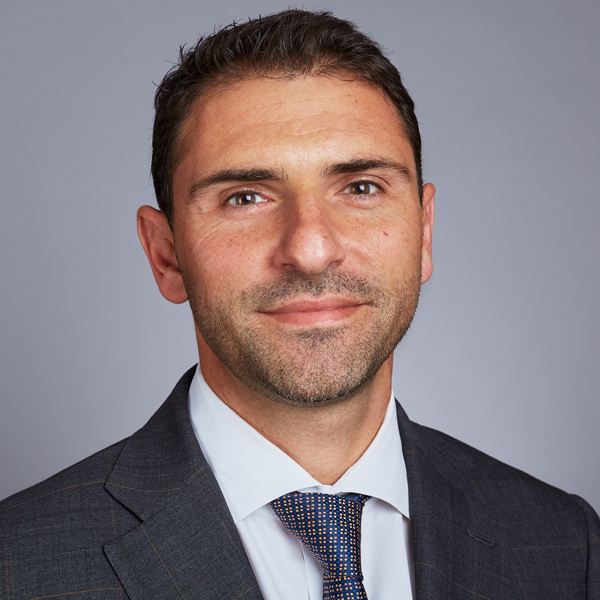The California Public Utilities Commission on Thursday ordered Southern California Gas Co. to refund ratepayer money it inappropriately used to lobby against regulations that could undermine its business, such as building codes that require electric space and water heaters in new construction instead of gas appliances.
The commission also imposed a $150,000 penalty against SoCalGas after hearing from some parties who argued for no fines and others who urged a $255 million penalty.
The moves were the latest in a long-running dispute between the CPUC and the nation’s largest gas utility, a subsidiary of Sempra Energy (NYSE:SRE), over its advocacy efforts against the California Energy Commission’s building decarbonization requirements, federal efficiency standards, and the state’s 100% clean energy mandate, which would remove natural gas from the generation mix by 2045.
Last month the CPUC fined SoCalGas $9.8 million for contempt of its 2018 order to stop using ratepayer money to lobby against greenhouse gas reduction efforts intended to benefit ratepayers. The company flouted the order and continued to engage in “numerous and substantive” activities that harmed the regulatory process, Administrative Law Judge Valerie Kao wrote in her Feb. 3 decision.
“Such insolence must be accorded a high degree of severity,” Kao said. Her decision took effect last month after SoCalGas did not appeal it in the required 30 days.
The CPUC’s Public Advocates Office (Cal Advocates) had recommended a $124 million fine in the case.
Of the dozens of allegations against it, SoCalGas accepted some in a filing but argued others were outside the scope of the 2018 order. It contended, for example, that lobbying the U.S. Department of Energy was not covered by the order, an argument that Kao flatly rejected.
The case decided Thursday involved SoCalGas’s activities prior to the 2018 order, from 2014 to 2017, when it was prohibited from engaging in “codes and standards advocacy” with ratepayer money because of a prior order but did so anyway, the CPUC said.
Kao issued a proposed decision in the case that ordered SoCalGas to refund ratepayer funds but did not impose a penalty. Commissioner Clifford Rechtschaffen offered an alternative decision that was the same as Kao’s except for proposing a $150,000 fine.
Both decisions ordered SoCalGas to return the ratepayer dollars it misspent and instructed commission staff to perform an audit to determine the amount.
Commissioners adopted Rechtschaffen’s alternative Thursday, voting 3-2 in a rare split decision.
Commissioner Genevieve Shiroma, who was the lead commissioner in the proceeding before Kao, said she thought the judge had “got the outcome right” and voted against Rechtschaffen’s alternative. The previous $9.8 million fine of SoCalGas and the later decision ordering the return of ratepayer money “go together,” she said.
Commissioner Darcie Houck said she agreed with Shiroma and voted against Rechtschaffen’s proposal.
Other commissioners supported Rechtschaffen’s contention that the fine was necessary to deter similar behavior.
Rechtschaffen’s decision applied “deliberate and precise penalties for specific actions that clearly contradict the commission’s direction,” CPUC President Alice Reynolds said. “These carefully crafted additions to [Kao’s proposed decision] are important to ensure the integrity of the regulatory process and deter future unlawful practices.”
Commissioner John Reynolds also voted for Rechtschaffen’s decision, as did Rechtschaffen himself.
Opponents of both proposed decisions said $150,000 would not deter unlawful behavior and proposed a fine of up to $255 million, based on the argument that SoCalGas’s improper actions were “continuing” over time, not 10 distinct actions each meriting a fine of $15,000, as Rechtschaffen concluded.
Rechtschaffen’s alternative decision “errs in considering what it properly identifies as ‘a deliberate and years-long pattern of misconduct’ as constituting 10 single-day violations for the purpose of assessing penalties,” the Sierra Club contended. “Commission precedent strongly supports finding SoCalGas’ conduct as a continuing violation.”
Cal Advocates argued that a $150,000 penalty “falls far short of an amount that could reasonably be expected to deter SoCalGas and other utilities from future misconduct” and said a $255 million fine for SoCalGas’s ongoing violations was more appropriate.
“The commission, consistent with its prior decisions, its established penalty framework, and its obligation to oversee the conduct and rates of the entities it regulates, must impose a fine that is likely to deter SoCalGas from disregarding Commission directives when faced with the choice of either complying with those directives or maximizing shareholder profits,” it said.

